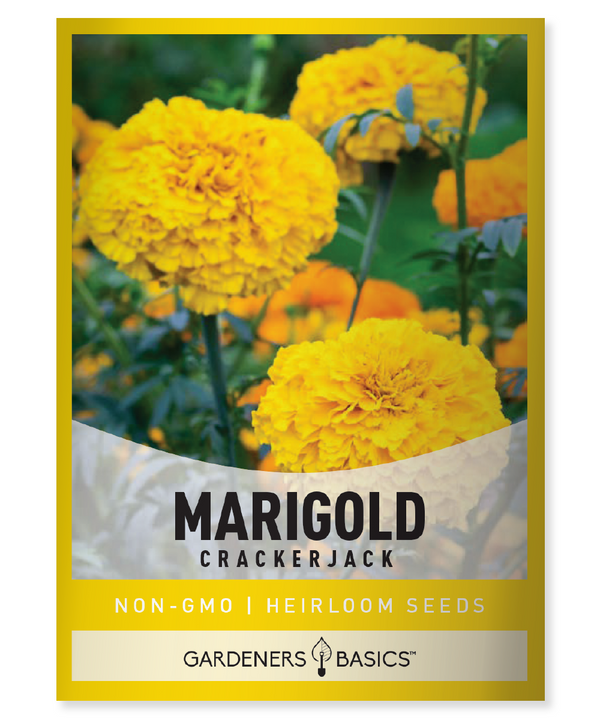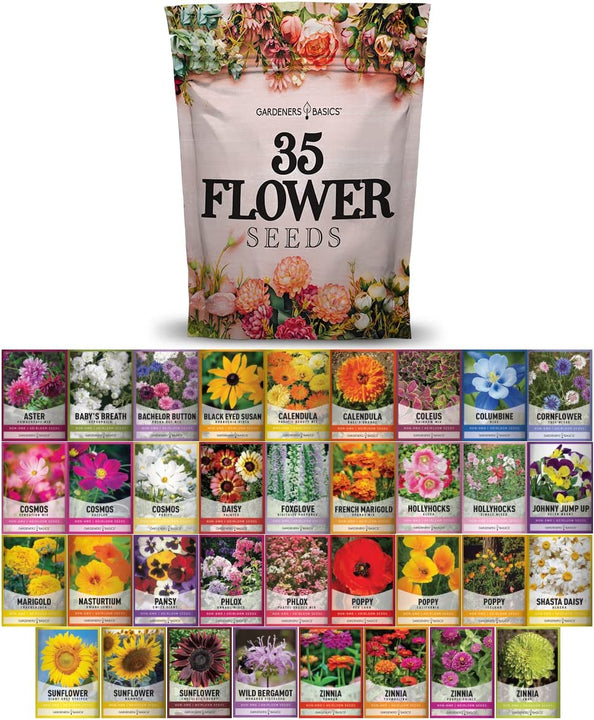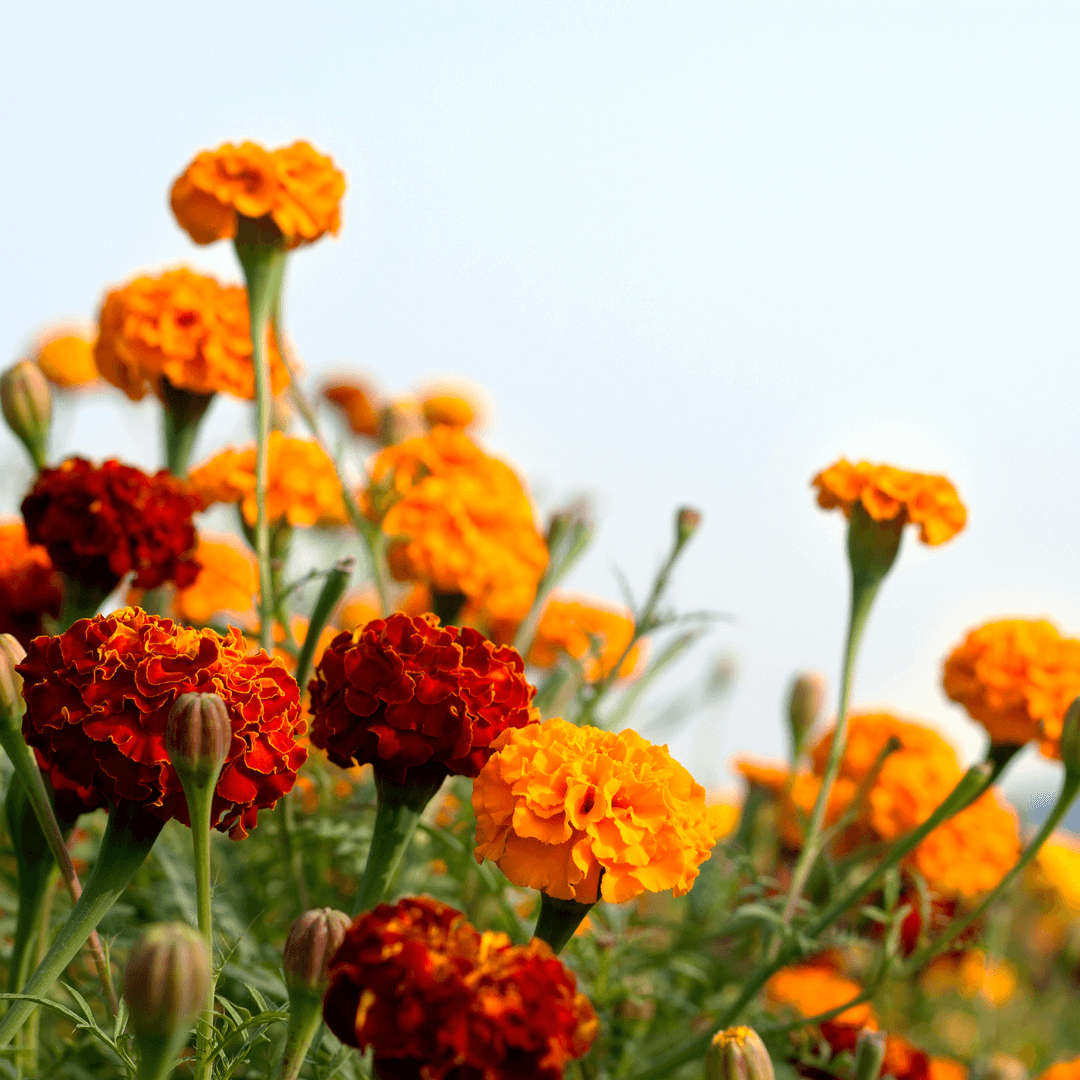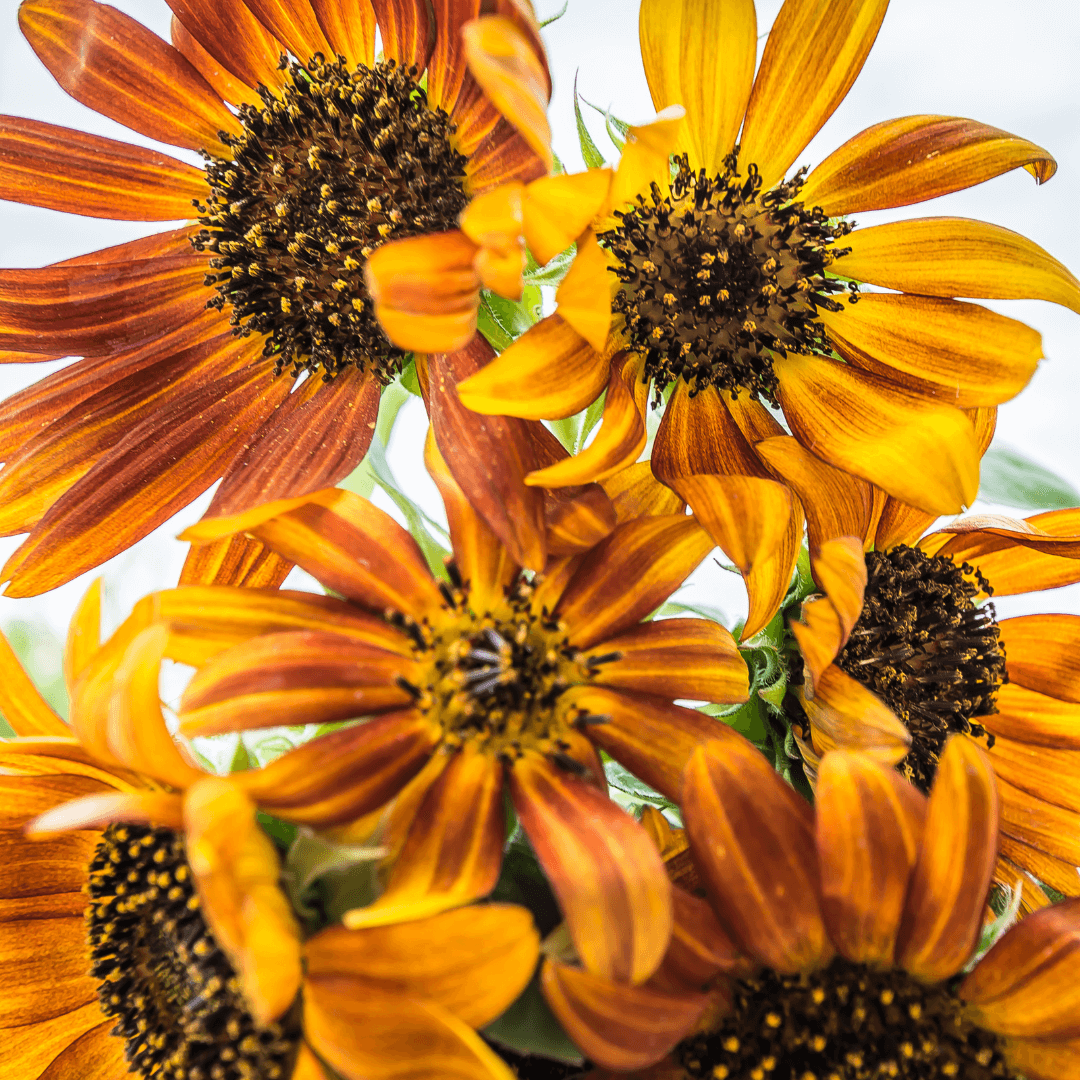As a female gardener with a passion for vibrant and low-maintenance garden plants, I adore marigolds for their beautiful colors and hardiness. In this in-depth article, we will explore whether marigolds can grow in full sun and how to successfully cultivate them. Marigolds are great planted all around your garden. They help repel bugs and pests. We often get asked can marigolds grow in full sun? Let's dive into the world of marigolds and discover the secrets to growing these beauties.
Introduction: Marigolds in Your Garden
Marigolds are popular garden plants known for their bright, cheerful colors and pungent aroma. These easy-to-grow flowers make fantastic companion plants in vegetable gardens and are available in various types, such as American marigolds, French marigolds, and signet marigolds. In this guide, we will focus on the sun tolerance of marigold plants and how to ensure their healthy growth.
1. Types of Marigolds and Their Sun Tolerance
There are several varieties of marigolds, each with its sun tolerance and growing conditions:
African Marigold (Tagetes erecta)
African marigolds, also known as American marigolds, are the tallest and most sun-loving among marigold varieties. These plants thrive in full sunlight and can tolerate high temperatures, making them ideal for warm weather climates.
French Marigold (Tagetes patula)
French marigolds are smaller and bushier than their African counterparts. They prefer full sun but can tolerate some partial shade, especially in hot climates.
Signet Marigold (Tagetes tenuifolia)
Signet marigolds are the smallest of the marigold family and are known for their dainty, edible flowers. These plants can grow in full sun but also appreciate some afternoon shade in particularly hot areas.
Marigold Seeds For Planting | 4 Variety Pack

$7.95
4 Heirloom Marigold Varieties for Natural Pest Control and Beautiful Blooms Introducing our 4 Marigold Seeds Variety Pack – the perfect choice for gardeners who love vibrant, resilient blooms! This carefully selected pack includes heirloom seeds that are non-hybrid, open-pollinated,… read more
2. Planting Marigold Seeds
To grow marigold plants, you can start marigold seeds indoors or sow them directly in the garden. Here are some tips for each method:
Starting Seeds Indoors
- Choose a well-draining seed-starting mix to ensure a healthy root system.
- Plant the marigold seeds about 1/8-inch deep and cover them with soil.
- Keep the soil consistently moist, but not soggy, to prevent damping off.
- Place the seedlings in a sunny spot or under grow lights, with temperatures around 70°F (21°C) for optimal growth.
- Harden off the seedlings by exposing them to outdoor conditions gradually, about two weeks before transplanting them into the garden.
Direct Sowing in the Garden
- Wait until the soil has warmed up and there's no risk of frost before sowing marigold seeds outdoors.
- Plant the seeds about 1/8-inch deep and space them according to their mature size (12 inches apart for larger varieties and 6 inches apart for smaller ones).
- Keep the soil consistently moist until the seeds germinate, which should take around 7-14 days.
3. Choosing the Right Location
When planting marigolds, consider the following factors to ensure they receive the right amount of sun:
- Full Sunlight: Marigolds thrive in full sun, which means they need at least six hours of direct sunlight each day. Select a spot in your garden that receives ample sun to encourage abundant marigold blooms.
- Partial Shade: In hotter climates, marigolds may benefit from some afternoon shade. If you live in a region with scorching summers, consider planting marigolds in a location where they will receive dappled sunlight during the hottest part of the day.
4. Soil and Fertilization
Marigolds are not very fussy about soil conditions, but they do prefer well-drained soil with a neutral to slightly acidic pH of 6.0-7.0. Here's how to prepare the soil for your marigolds:
- Soil Preparation: Loosen the soil to a depth of about 12 inches before planting. This will encourage the development of a healthy root system. If your soil is heavy clay or too sandy, amend it with organic matter such as compost or well-rotted manure to improve its texture and drainage.
- Fertilization: Marigolds are not heavy feeders, and over-fertilizing can lead to lush foliage at the expense of blooms. A balanced, slow-release granular fertilizer applied at planting time should suffice for the entire growing season. Alternatively, you can use an all-purpose liquid fertilizer, following the package instructions for application rates and frequency.
African Marigold Crackerjack Seeds

$2.49
African Marigold Crackerjack Seeds for Planting – Vibrant, Long-Lasting Blooms for Your Garden Looking to add stunning color and natural pest control to your garden? Our African Marigold Crackerjack seeds are the perfect choice! These heirloom, non-GMO, non-hybrid, and open-pollinated… read more
5. Watering Marigolds
Watering marigolds properly is essential for their overall health and vigor:
- Watering Frequency: Marigolds are drought-tolerant plants, but they still need regular watering, especially during dry spells. Water your marigolds deeply, providing about 1 inch of water per week, allowing the soil to dry out slightly between waterings.
- Avoiding Overwatering: Overwatering marigolds can cause root rot and other issues. Make sure to let the soil dry out between waterings and avoid wetting the foliage, as this can lead to powdery mildew and other diseases.
6. Pests and Diseases
Marigolds are relatively resistant to pests and diseases, but it's essential to keep an eye on potential problems:
- Pests: Marigolds can sometimes attract spider mites, aphids, and whiteflies. If you notice any of these pests, use insecticidal soap or neem oil to control them.
- Diseases: Powdery mildew and other fungal diseases can affect marigolds, especially in humid conditions or when plants are overcrowded. Ensure proper air circulation around your marigolds and avoid wetting the foliage when watering to minimize the risk of disease.
7. Deadheading and Pruning
Regular deadheading and pruning will keep your marigolds blooming and looking their best:
- Deadheading: Remove spent flowers by pinching or snipping them off at the base of the flower stem. This encourages the plant to produce more blooms and prevents it from setting seed, which can reduce flowering.
- Pruning: Lightly prune your marigolds by pinching back the tips of young plants to encourage bushier growth. You can also trim back leggy or overgrown plants to maintain their shape and promote new growth.
 8. Companion Planting with Marigolds
8. Companion Planting with Marigolds
Marigolds make excellent companion plants in the garden due to their ability to repel certain pests and attract beneficial insects. Some good companion plants for marigolds include:
- Vegetables: Tomatoes, peppers, eggplants, cucumbers, and other vegetables can benefit from marigolds, as they help deter pests like whiteflies, aphids, and nematodes.
- Herbs: Basil, rosemary, and other aromatic herbs can be planted alongside marigolds to create a beautiful and fragrant garden.
- Flowers: Other sun-loving flowers like zinnias, cosmos, and sunflowers can be combined with marigolds for a stunning display of color and texture.
Wildflower, Perennial, & Annual Flower Seed Kit | 35 Variety Pack

$29.95
$49.95
35 Flower Seeds Variety Pack – Heirloom, Non-Hybrid, Non-GMO, Open-Pollinated – Perfect for Pollinator-Friendly Gardens Transform your garden with our 35 Flower Seeds Variety Pack, offering a stunning and diverse selection of heirloom, non-hybrid, and non-GMO seeds. Each variety in… read more
In conclusion, marigolds can indeed grow in full sun and are versatile, low-maintenance plants suitable for various garden settings. By following this step-by-step guide and paying attention to the specific needs of your marigold variety, you can enjoy a garden full of vibrant and healthy marigolds throughout the growing season. Remember to choose the right location with ample sunlight, provide well-drained soil, and practice proper watering and maintenance techniques to ensure your marigolds thrive. As a bonus, these beautiful flowers not only brighten your garden but also act as valuable companion plants for your vegetables, herbs, and other flowers. Marigolds enjoy the sunshine and love to be warm generally, so, go ahead and include marigolds in your garden plans, and enjoy their cheerful presence all season long.





 8. Companion Planting with Marigolds
8. Companion Planting with Marigolds

